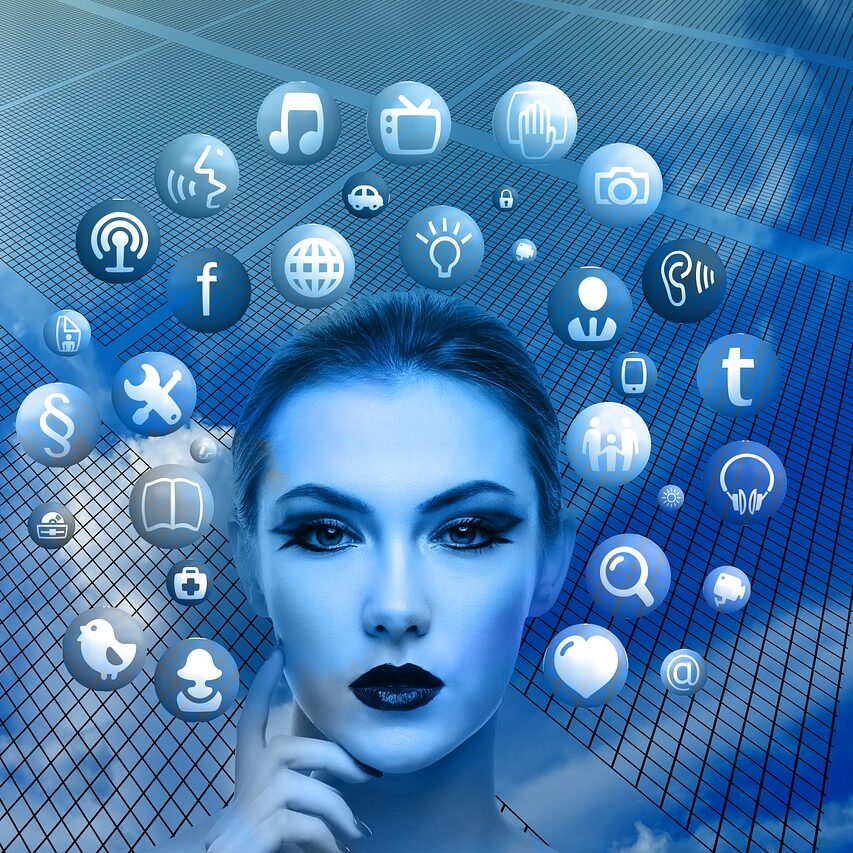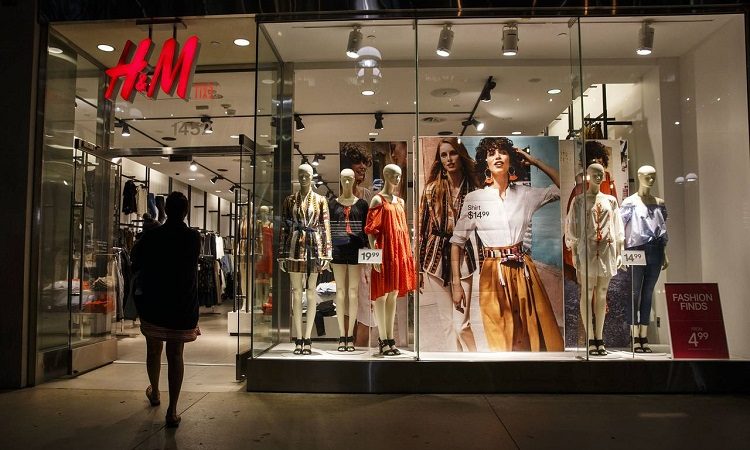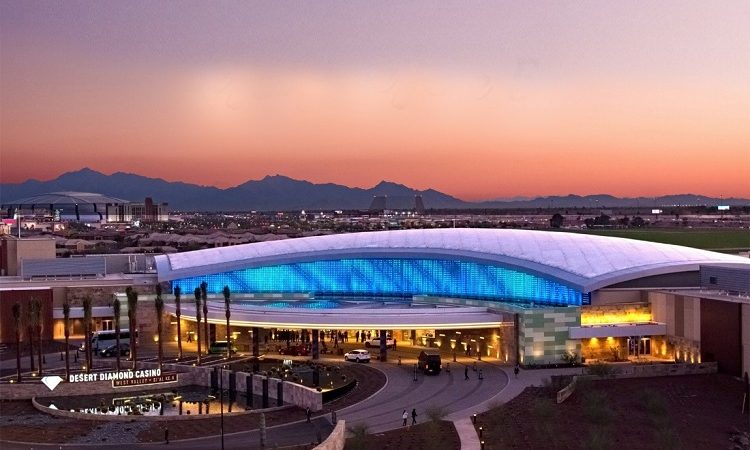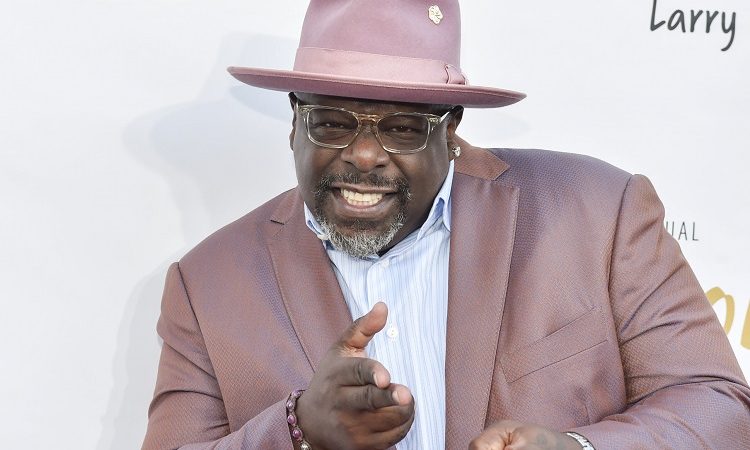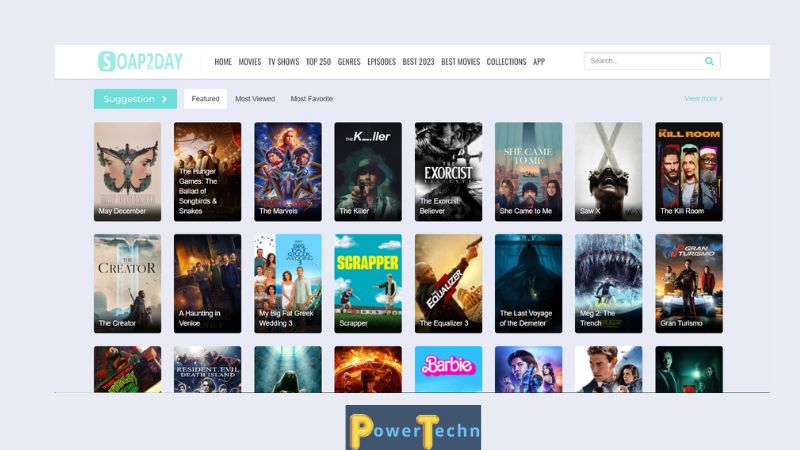Things to Look for When Comparing Gay cartoon animation Alternatives

Gay cartoon animation As society becomes more accepting of diverse sexual orientations and gender identities, the world of entertainment has also evolved to reflect this shift. One area that has seen significant growth in recent years is gay cartoon animation. From early pioneers like The Simpsons and South Park to newer shows like Steven Universe and She-Ra and the Princesses of Power, animated series have increasingly Things included LGBTQ+ characters and storylines. In this article, we will explore the history of gay cartoon animation, its impact on society, and its place in the future of entertainment.
A Brief History of Gay Cartoon Animation
Gay cartoon animation has a rich history that dates back to the early days of animation. However, it wasn’t until the 1990s that gay characters began to appear in mainstream cartoons. One of the first examples was “The Simpsons,” which featured a gay character named John in an episode titled “Homer’s Phobia.”
In the years that followed, more and more animated shows began to include gay characters and storylines. Some of the most notable examples include “South Park,” which featured a recurring character named Big Gay Al, and “Family Guy,” which introduced a gay couple named Terry and Greg.
Despite some backlash from conservative groups, these shows helped pave the way for greater representation of LGBTQ+ characters in animation. Today, there are numerous animated series that feature prominent gay characters, including “Steven Universe” and “She-Ra and the Princesses of Power.” As society continues to become more accepting of LGBTQ+ individuals, it’s likely that we’ll see even more diverse representation in animated media.
Early Gay Cartoon Animation Characters and Tropes
In the early days of gay cartoon animation, characters were often Things portrayed as stereotypes and caricatures. These characters were often used for comedic effects and rarely given any depth or complexity. One of the earliest examples of gay cartoon animation was in the 1930s with the character of Snagglepuss, a pink mountain lion who spoke with a lisp and was known for his flamboyant behavior.
Other early examples include Bugs Bunny dressing up in drag to seduce Elmer Fudd and Popeye’s friend Bluto being portrayed as effeminate. While these characters Things may have been groundbreaking at the time for their representation of LGBTQ+ individuals, they also perpetuated harmful stereotypes and reinforced negative attitudes toward the community.
Despite these early missteps, gay cartoon animation has come a long way since then. As society has become more accepting and Things understanding of LGBTQ+ individuals, so too have cartoons evolved to better represent them in a positive light.
The Present and Future of Gay Cartoon Animation
In recent years, we have seen a significant increase in the representation of LGBTQ+ characters and storylines in cartoon animation. Shows like Steven Universe, She-Ra and the Princesses of Power, and The Owl House have all featured queer characters and relationships, providing much-needed representation for young viewers who may be struggling with their own identities.
However, there is still a long way to go in terms of fully Things embracing diversity and inclusivity in cartoon animation. Many shows still shy away from explicitly stating a character’s sexuality or gender identity, instead relying on subtle hints or leaving it up to interpretation. Additionally, there is a lack of representation for trans and non-binary characters in mainstream animated shows.
The future of gay cartoon animation looks promising though, as more creators are pushing for authentic representation and diverse storytelling. It is important that we continue to support and amplify these voices so that future generations can see themselves reflected on screen.
The Impact of Gay Cartoon Animation
Gay cartoon animation has had a significant impact on society, particularly in terms of representation and visibility for the LGBTQ+ community. By featuring gay characters and storylines in cartoons, these shows have helped to normalize queer identities and relationships for audiences of all ages. This increased representation can be especially important for young viewers who may be struggling with their own sexual or gender identity.
Moreover, gay cartoon animation has also helped to break down harmful stereotypes and tropes that have historically been associated with LGBTQ+ characters in media. By portraying gay characters as complex individuals with unique personalities and experiences, these shows challenge the notion that being gay is a one-dimensional or negative trait. This can help to combat discrimination and promote acceptance both within the LGBTQ+ community and beyond.
Overall, the impact of gay cartoon animation cannot be overstated. By providing positive representation for queer identities and challenging harmful stereotypes, these shows have played an important role in promoting diversity, inclusion, and acceptance in our society.
Gay Cartoon Animation and its Place in Society
Gay cartoon animation has come a long way since its inception. It has become an important part of society and culture, reflecting the changing attitudes toward the LGBTQ+ community. The representation of gay characters in cartoons has helped to normalize homosexuality and promote acceptance.
Moreover, gay cartoon animation has provided a platform for LGBTQ+ creators to tell their stories and express themselves creatively. This has allowed for a more diverse and authentic representation of the LGBTQ+ community in media. As a result, it has helped to break down stereotypes and promote understanding among different communities.
However, there is still much work to be done in terms of representation and Things inclusion. While there have been significant strides made in recent years, there are still many areas where the LGBTQ+ community is underrepresented or misrepresented. It is important that we continue to push for greater diversity and inclusivity in all forms of media, including cartoon animation. By doing so, we can create a more accepting and tolerant society for everyone.
Conclusion
In conclusion, gay cartoon animation has come a long way since its early days of stereotypical characters and limited representation. Today, we see a diverse range of LGBTQ+ characters in cartoons that not only reflect the reality of our society but also help to break down barriers and promote acceptance. The impact of these representations cannot be overstated, as they provide much-needed visibility for Gay cartoon animation As marginalized communities and help to create a more inclusive world. As we continue to move forward, it is important that we celebrate the progress made while recognizing that there is still work to be done. By continuing to push for more representation and diversity in all forms of media, we can ensure that everyone’s stories are heard and valued.
